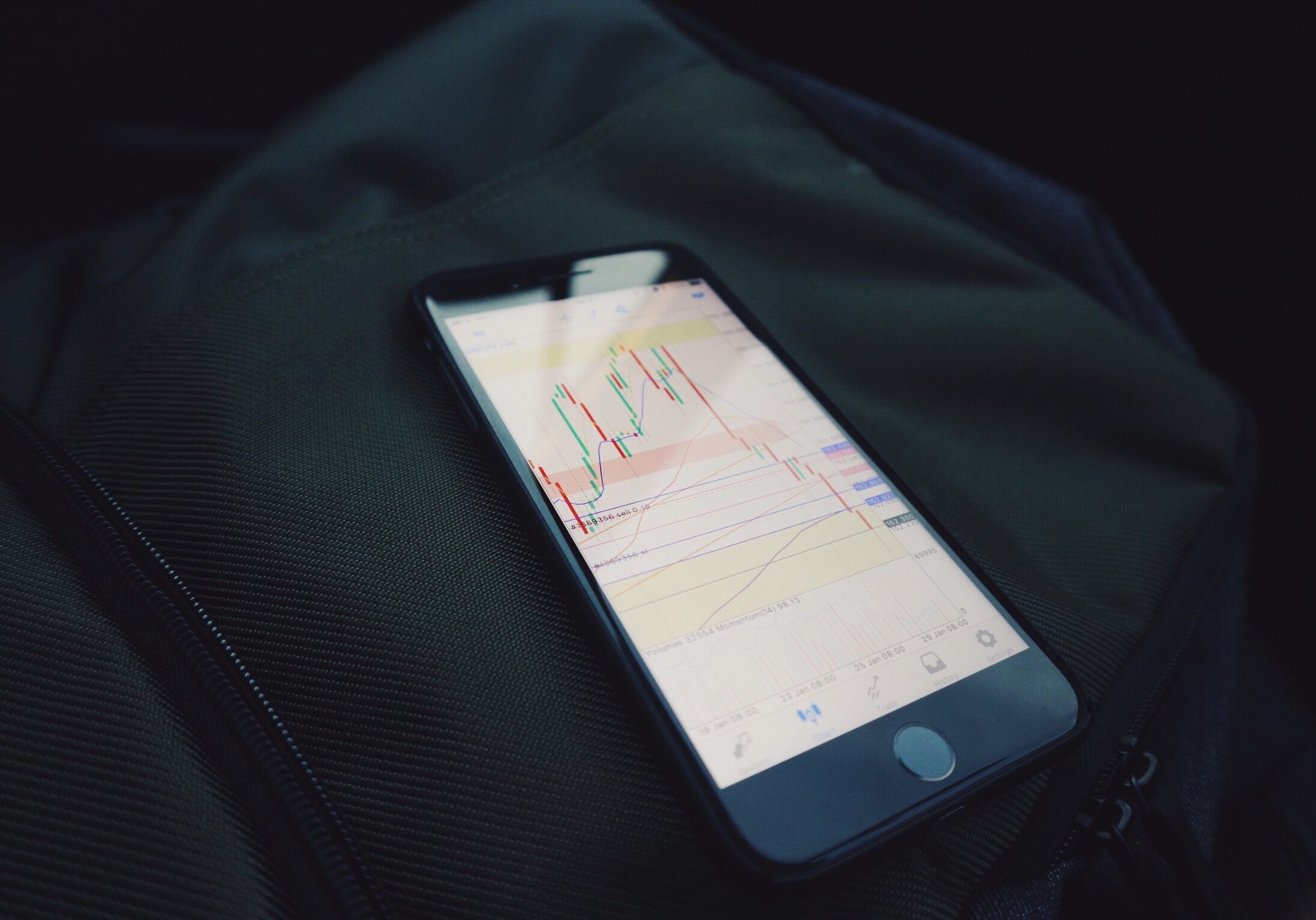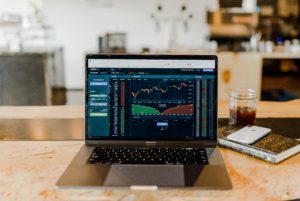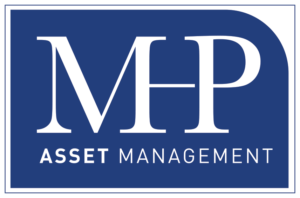Recently I’ve read a few articles that predict how the markets will react after the November presidential elections.
March 9, 2009 was the capitulation day when the equity markets bounced off their lows and started their upward journey. The average time between major equity market corrections is 7 ½ years. Go back 7 ½ years from now and you will land right around March 2009. This is simply an average; it does not guarantee they were going to have a major market correction anytime soon. But if you go back eight years pre-2008 elections and map out until March 2009, would lead me to take pause and look at the downside risk in the equity markets versus the potential upside.
I certainly have my preferences in this election, however I believe the markets are going to have some adjustments no matter who wins the presidency. Typically, the Democrats are more dovish regarding the Federal Reserve Bank that is supposed to be independent but certainly is influenced by the White House. So if the Democratic nominee is in the White House, I believe it is less likely that Janet Yellen, Federal Reserve Chairman, will feel pressure to raise interest rates. The equity markets like low interest rates. Conversely if the Republicans when the White House you are likely to see more hawkish activity from potentially a new Fed chairman that would temporarily disrupt the markets. Democrats typically have a more Keynesian view economically which involves more government activity to stimulate markets. Republicans typically rely on free market supply side economics to stimulate economic growth and more tax revenue. Partisan politics determines which economic theory we believe in.
I believe our equity market’s will have some real volatility in the upcoming months based on the uncertainty of the elections, the results of the elections, the fact that we are due for market correction just based on time or any other potential shock to the markets.
So as an investor we need to reevaluate our portfolio positions and look at market risk, credit risk, interest rate risk, negative sequence of returns risk and maybe the most overlooked risk, longevity risk. As we reach that five-year window prior to retirement we must be more vigilant with how our money is positioned. You must evaluate your risk tolerance and potential income into retirement and make the adjustments now. If your money for retirement is currently tied up in a 401(k) plan or 403B plan that has limited choices for investment you must consider a change in strategies. During most of your working life you are in and accumulation mode for assets. Approximately five years from retirement, preservation, mitigation of market risk and safe growth are paramount. Once retired, distribution of those assets as income are necessary to maintain the retiree’s lifestyle. This income must be steady, predictable and sustainable. Regarding the elections, prepare for the worst and hope for the best.
Mark Patterson is Chief investment officer with MHP Asset Management and can be reached at (603) 447-1979 or mark@mhp-asset.com.






















